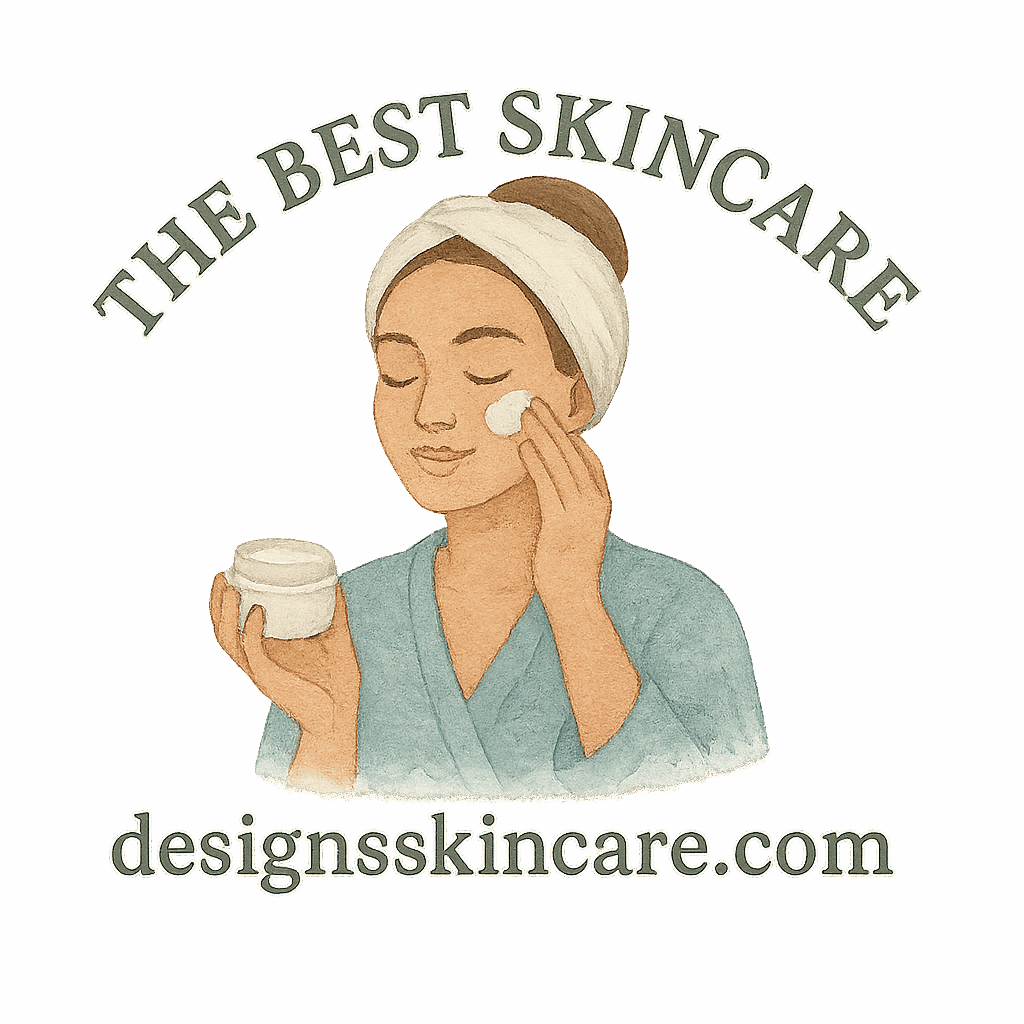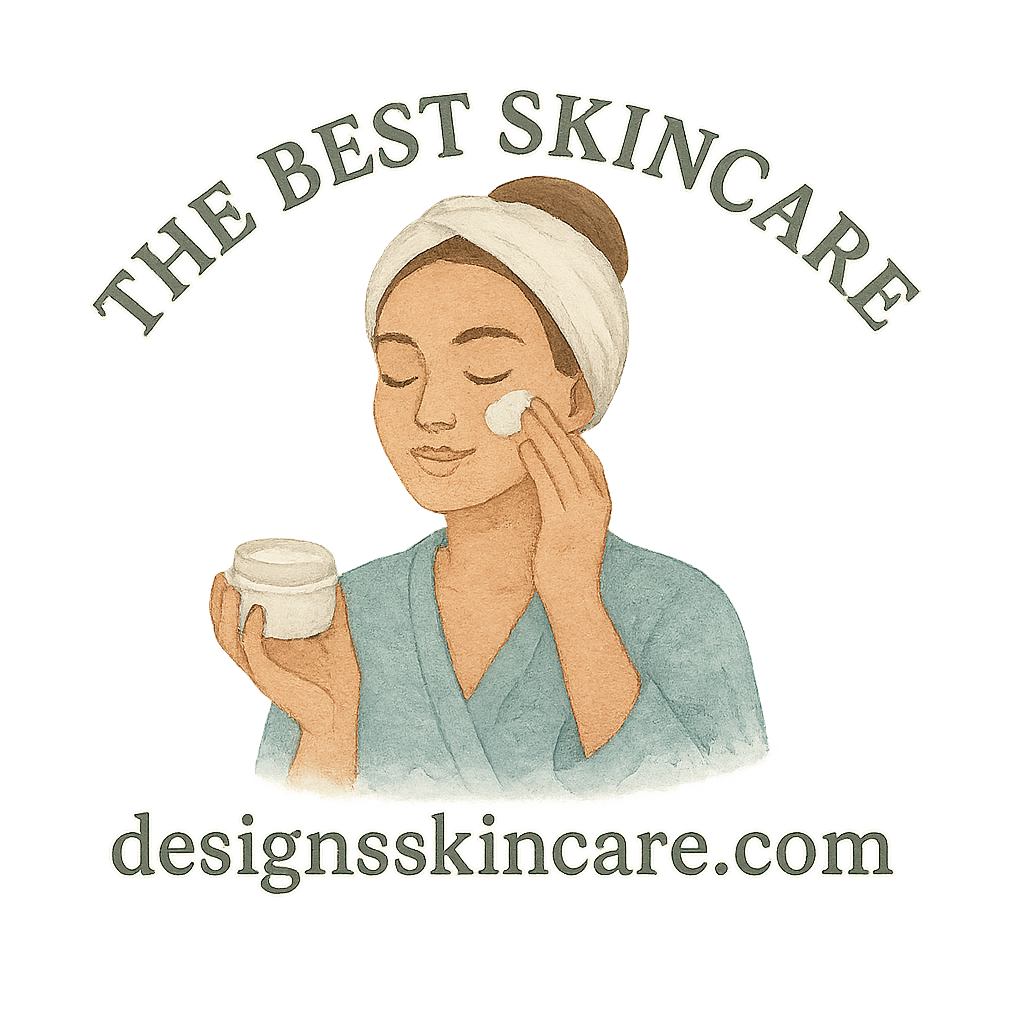When it comes to skincare, less is often more. Instead of drowning your bathroom counter in dozens of serums, creams, and toners, many people are discovering the beauty of minimalist skincare routines. The secret? Choosing products with powerful anti-aging ingredients that do the heavy lifting without needing an overwhelming lineup.
In this article, we’ll dive into five of the most effective anti-aging ingredients you can use in a streamlined skincare routine, why they work, and how to build a minimalist system that still gets results.
Why Minimalist Skincare is on the Rise
The Overload of Modern Skincare Products
If you’ve ever walked through a beauty store, you know the struggle—rows upon rows of serums, each claiming to be the one miracle product. It’s overwhelming, and sometimes, more confusing than helpful.
The truth is, loading up on 10+ steps isn’t always better. Your skin can actually get stressed when too many active ingredients are layered, leading to irritation.
Benefits of a Simplified Skincare Routine
A minimalist approach means less stress on your skin, less money spent, and fewer products to keep track of. Plus, when you focus on proven anti-aging ingredients, you cut out the fluff and give your skin exactly what it needs.
For inspiration on building your simple yet effective plan, check out the skincare routine guide.
What Makes an Ingredient “Anti-Aging”?
Fighting Fine Lines and Wrinkles
The biggest giveaway of age? Fine lines and wrinkles. Anti-aging ingredients work to slow down or smooth out these changes.
Supporting Collagen Production
Collagen is like the scaffolding of your skin—it keeps it plump and firm. Many anti-aging ingredients work by boosting collagen production or protecting what you already have.
Boosting Hydration and Skin Balance
A lot of people overlook hydration. Yet, hydrated skin always looks younger. Plump, balanced skin makes fine lines less noticeable and helps prevent premature aging.
You can explore more on hydration tips and why it’s key to glowing skin.
Ingredient #1: Retinol – The Gold Standard
How Retinol Works in Minimalist Skincare
Retinol (a form of Vitamin A) has been studied for decades and remains the gold standard for anti-aging. It speeds up skin cell turnover, reduces wrinkles, and improves texture.
In a minimalist routine, retinol earns its spot because one product can handle multiple concerns: wrinkles, dullness, and uneven skin tone.
Best Practices for Using Retinol
- Start slow—maybe just twice a week.
- Always use sunscreen in the morning.
- Pair it with a soothing moisturizer to reduce irritation.
Check out the skincare by age section for tips on how retinol use changes as you grow older.
Ingredient #2: Hyaluronic Acid – The Hydration Hero
Why Hydration Equals Youthful Skin
If your skin looks dull and tired, it’s often dehydration at play. Hyaluronic acid acts like a sponge, drawing water into your skin and making it look instantly plumper.
Pairing Hyaluronic Acid with Other Ingredients
The beauty of hyaluronic acid is that it plays well with others. Use it under retinol or Vitamin C to keep your skin balanced.
Want to learn more about hydration tricks? Visit the hydration tag.
Ingredient #3: Vitamin C – The Brightening Powerhouse
Antioxidants and Skin Protection
Vitamin C is like your skin’s shield against free radicals (those pesky molecules that speed up aging).
How Vitamin C Boosts Radiance
It helps fade dark spots, evens skin tone, and gives you that natural glow. No wonder so many people use it as their morning serum.
For more glow-enhancing ideas, explore glowing skin tips.

Ingredient #4: Peptides – The Skin’s Building Blocks
Peptides and Collagen Support
Peptides are short chains of amino acids, and they signal your skin to produce more collagen. Think of them as “messengers” that tell your skin to repair itself.
Why Peptides Fit into a Minimalist Routine
One product with peptides can support firmness, hydration, and repair—all in one. That’s efficiency at its best.
Ingredient #5: Niacinamide – The Skin Multitasker
Balancing Oil and Reducing Pores
Niacinamide (Vitamin B3) helps regulate oil production and reduces the look of enlarged pores.
Niacinamide’s Role in Anti-Aging
It also strengthens the skin barrier, reduces redness, and improves elasticity—making it a true multitasker for a minimalist lineup.
Learn more about it in the skincare ingredients guide.
How to Build a Minimalist Anti-Aging Skincare Routine
Choosing Just the Essentials
Your core products:
- Gentle cleanser
- Hydrating serum (like hyaluronic acid)
- Vitamin C in the morning
- Retinol at night
- Moisturizer + sunscreen
Skincare Steps That Really Matter
You don’t need 10 serums. What matters is consistency and using ingredients that complement each other. For step-by-step help, see the skincare routine section.
Lifestyle Habits That Support Anti-Aging Ingredients
Nutrition and Healthy Eating for Skin
Your skin reflects what you eat. Foods rich in antioxidants, omega-3s, and vitamins make your skin look younger. For ideas, see skincare and diet tips.
Hydration and Its Impact on Skin Balance
Water isn’t just for your body—it keeps your skin supple too. Learn about skin balance and hydration habits.
Sleep and Stress Management
No serum can replace 7–8 hours of sleep. Stress and lack of rest break down collagen, speeding up wrinkles.
Common Mistakes in Minimalist Skincare Routines
Using Too Many “Actives” Together
Even in a minimalist routine, it’s tempting to layer retinol, Vitamin C, and exfoliants all at once. This can damage your skin barrier.
Ignoring Moisturizer and Hydration
Minimalist doesn’t mean skipping moisturizer. A good moisturizer is non-negotiable for anti-aging.
Skincare by Age: Adjusting Minimalist Routines
Minimalist Skincare in Your 20s
Focus on sunscreen, hydration, and prevention.
Adjustments in Your 30s and 40s
Add retinol and Vitamin C consistently.
Keeping Skin Strong in Your 50s+
Emphasize peptides and barrier-strengthening ingredients.
For age-specific routines, explore skincare by age.
The Future of Anti-Aging in Minimalist Skincare
Portable Products and Travel-Friendly Solutions
As lifestyles get busier, compact skincare becomes more popular. Discover portable skincare products that keep routines simple while traveling.
Ingredient Innovations on the Horizon
New plant-based peptides and bioengineered retinols are emerging—proof that skincare science keeps evolving.
Conclusion
A minimalist skincare routine doesn’t mean sacrificing results. By choosing proven anti-aging ingredients like retinol, hyaluronic acid, Vitamin C, peptides, and niacinamide, you can achieve youthful, glowing skin without a 12-step process.
Remember: consistency, hydration, and lifestyle habits amplify the effects of these ingredients. So keep it simple, stay consistent, and let your skin thank you for the long run.
FAQs
1. Can a minimalist skincare routine really fight aging?
Yes! As long as it includes proven anti-aging ingredients like retinol, Vitamin C, and hyaluronic acid, you can see results.
2. How many products should I use in a minimalist anti-aging routine?
Usually 4–6 products: cleanser, serum, retinol or Vitamin C, moisturizer, and sunscreen.
3. Is retinol safe for beginners?
Yes, but start slowly and pair it with hydration to avoid irritation.
4. Can I mix Vitamin C and retinol?
It’s best to use Vitamin C in the morning and retinol at night to avoid irritation.
5. What’s the most important step in anti-aging skincare?
Sunscreen. No anti-aging ingredient will work well if you skip SPF.
6. Do peptides really work for wrinkles?
Yes, peptides signal your skin to produce more collagen, which helps improve firmness and reduce fine lines.
7. How do I know which ingredient is right for my skin type?
Check out the skincare by skin type guide for personalized recommendations.


